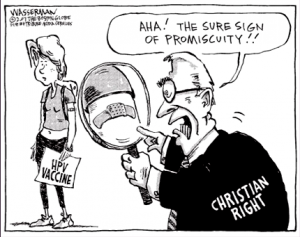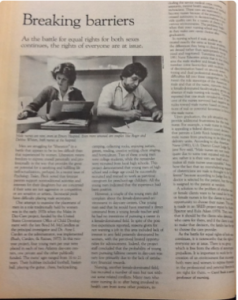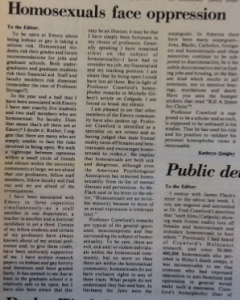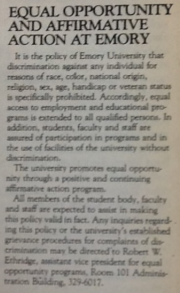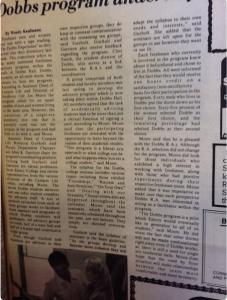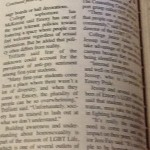In my previous blogs, I definitely had a skeptical attitude towards sexually transmitted diseases In fact, I even mentioned that the spread of HIV is over emphasized and that it is only transmitted 1/300 times for women and 1/1000 times in men. Although this is true, I think my confusion was why people would want to falsely exaggerate a problem. The suspicions I had about statistical manipulation are completely separate to the feelings I have about the spread of infections through rape.
My parents were born and raised in South Africa, so I’ve been there a couple times. I’ve walked into plenty of public bathrooms with a container saying “Take a free condom, help fight AIDS”. The old me would have assumed free condoms would be the answer to everything. Condoms would cut down the spread of numerous diseases. I’ve learned a lot about HIV/AIDS this year through multiple classes that integrated the material into the curriculum- so rather than focusing on the articles about transmission rates, I read more about HIV in Africa as that was unfamiliar to me. It was this year that I realized my view was too simplistic, there are too many stigmas associated with condoms- cultural and social. For instance, people may not carry condoms with them because of people assuming they are sexually active, fear that a partner will get upset because of trust issues, or men dictating condom use in a male dominated culture. Just because they are available doesn’t mean they will be used.
Regardless of all that, I still assumed that knowledge and availability were the only two factors involved in safe sex. Unfortunately I never accounted for rape. What caught my eye in Structural Violence, Poverty and the AIDS Pandemic by Mukherjee, there was a comment on rape being used as a political tool in war. Mukherjee mentions, “in Rwanda, the systemic sexual molestation, rape and mutilation of women and girls were an integral part of the Hutu plan to annihilate the Tutsi population”(381). The statistics continue that 70% of the women who were raped (that survived the genocide) had contracted HIV. In some cases, women were taken to HIV positive soldiers on purpose to be raped and infected. The difference between rape pre-1990 and in the present is the transmission of HIV to the victims [2].
The main thing I realized from these articles is how ignorant my generation in the US can be. The genocide in Rwanda happened while we were growing up, yet none of my friends knew much about the history for instance. Similarly, we know about HIV, but none of us really understand all the vantage points. Part of it is lack of awareness, but I think a huge factor is being in an environment where we don’t experience these situations nearly as often. I really liked reading Mukherjee’s article because you realize that HIV transmission isn’t so easily prevented. In many cases, African women don’t have a say in the use of condoms. In the case of rape or even multiple partners, the infection gets passed on and on. Surprisingly, there are so many other facets that affect the spread including poverty, drugs, and even men who get raped. I was just focused on women who were raped after reading this chilling quote by a refugee:
For 60 days, my body was used as a thoroughfare for all the hoodlums, militiamen and soldiers in the district… Those men completely destroyed me; they caused me so much pain. They raped me in front of my six children… Three years ago, I discovered I had HIV/AIDS. There is no doubt in my mind that I was infected during these rapes.
Quotes like this make me realize that so much in the world is preventable and wonder how things would change if people were properly educated. If rape didn’t exist, I believe that transmission rates of HIV would decreased dramatically too, with the biggest impact in Africa.
[1] Structural Violence, Poverty, and the AIDS Pandemic. Mukherjee
[2] http://unu.edu/publications/articles/rape-and-hiv-as-weapons-of-war.html

